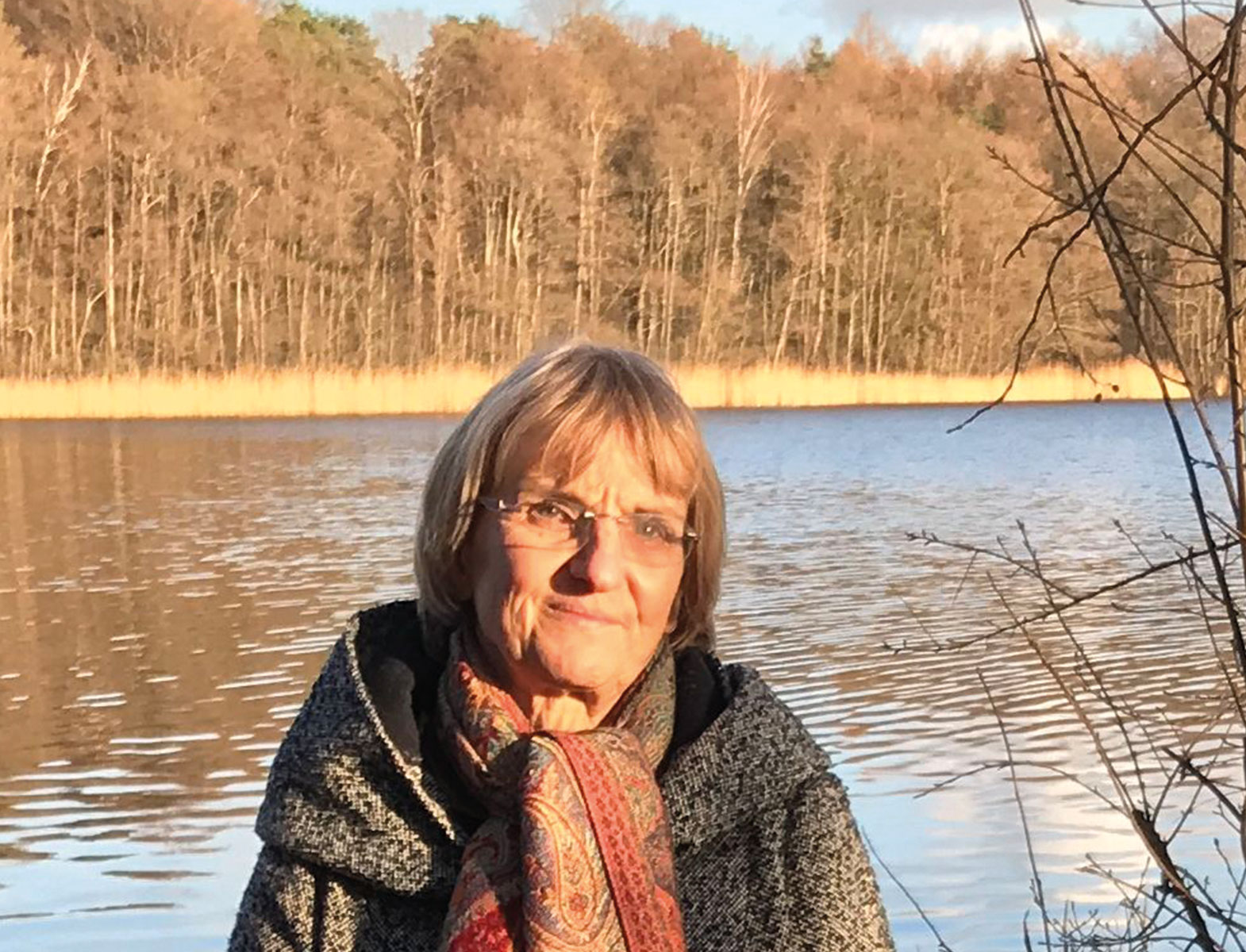Your project “Klanglandschaften – Musik sehen | Natur hören. Ein Festival in Zeiten des Klima-wandels” (soundscapes – see music | hear nature. A festival in times of climate change) seeks to initiate and accompany a dialog between contemporary music and natural sciences. What are your goals and what kind of formats do you use?
Contemporary music deals with the issues of today’s world and, in its best moments, allows a glimpse into unimagined futures. Our present time is grave: The Anthropocene is characterized by humanity’s footprint of overexploitation, overproduction, and waste of resources. At the same time, it is becoming increasingly clear: “Humanity” and “nature” are not mere counterparts but intrinsically interconnected and inseparable. Since the 1970s, musical modernism has adopted this interconnectedness sonically. Different formats have been developed that artistically reflect land-scape and nature, e.g. landscape compositions, soundwalks, field recording compositions, concert installations. With “Klanglandschaften” we create a place to present such formats as well as space for newly commissioned creations. These works are usually based on musical-aesthetic criteria where natural sounds serve as a pool of material and landscapes as reference space. We use four strategies to focus the audience’s awareness on climate change issues:
1. We base each festival on a theme which all program contributions revolve around, e.g. 2022 “Endangered – forests and meadows.”
2. We combine tours through nature, workshops and talks with musical formats.
3. We use natural spaces as a “stage” so that acoustic and visual dialogs between music and nature become a synthesis of the arts.
4. In order to counter the fact that findings, problems etc. from climate sciences and other ecosci-ences hardly appear in musical formats, we initiate active collaboration between both sides: musi-cal creativity and natural science. This is new territory. In other words: We develop partnerships between composers, musicians, sound artists, and natural scientists on the basis of mutual ques-tions that need answers. Biologists, for example, can draw conclusions about the appearance of extinct bird species based on the shape of calyxes while a composer can use their vocal means to save their voices from fading away.
The arts – and music in particular – educate perception and open up new horizons. How can they help make the complex problems of climate change more tangible?
At the end of the story “Joshua and the magic fiddle,” the little boy goes out into the world and improves it through his music. This optimistic tale contains an element of truth. Music cannot stop or slow down climate change, but it can make people more aware of its consequences; relevant experiences that combine music and landscape can make this awareness come and stay alive in people’s minds.
Music is the only art form that has a “designed” commonality with nature through sounds and noises. “Klanglandschaften” draw people’s attention to this sonic side of nature and focus it as a special form of perception of nature and landscape: of its beauties and its endangerment.
Building on this acoustic awareness of nature we want to commission works on topics such as cli-mate change and its consequences, e.g. species extinction, severe weather, drought, floods. Through commissioned works we anchor such musical discourse more firmly in the creation of contemporary music.
Sounds and soundscapes can make the invisible audible: the stress of trees when they suffer from drought, shrinking bird populations in certain regions recorded over the years, the melting and shattering of Arctic ice, etc.
Sonification has become an important technique of turning scientific data (e.g. of climate change) into sounds, which are then developed into artistic installations or compositions. Ecoacoustics is another very young discipline, from which the new fields artistic science and scientific art (Marcus Maeder) have emerged: Sound processes (e.g. the drought stress of trees) yield scientific insights, while artistic media installations based on such materials open up new perspectives on scientific findings.
“Klanglandschaften” are meant to be a focused space for all these formats, offering a place for exchange and discussion about climate change among the participating artists and researchers.
What are your existing collaborations in Berlin and Brandenburg and what support do you seek in order to take things further?
“Klanglandschaften” are organized as a music project group in the Förderverein Naturpark Barnim. The program is being developed in cooperation with the Barnim Nature Park, the biologist Tim Peschel (Büro Ökologie & Umwelt), the International Bee Institute Hohen Neuendorf, and the Thü-nen Institute for Forest Ecosystems Eberswalde. We have established contacts with these institu-tions in order to invite relevant experts for talks or guided tours. To secure landscape areas as ar-tistic presentation space, we are furthermore collaborating with the Lower Nature Conservation Authority Berlin and Barnim, the forestry offices Hobrechtsfelde and Borgsdorf as well as regional communal authorities. A first artistic project is currently being planned for 2022, to facilitate the collaboration of students in the Sound Studies master’s program at the Berlin University of the Arts and students from Eberswalde University for Sustainable Development.
As a next step, we need support in the form of conceptual, planning and financial collaboration, particularly from scientific institutions that specialize in environmental and climate protection, but also from politics and culture, in order to advance the “Klanglandschaften” as outlined. The past three years have shown that this is hardly possible with pure project financing.
The interview was conducted in December 2021.
Picture: privat


